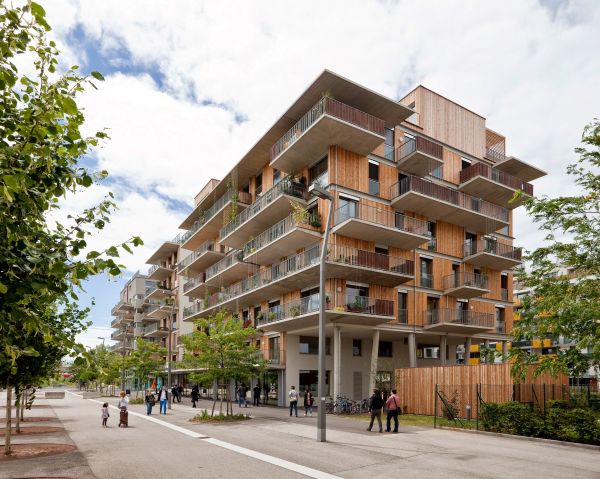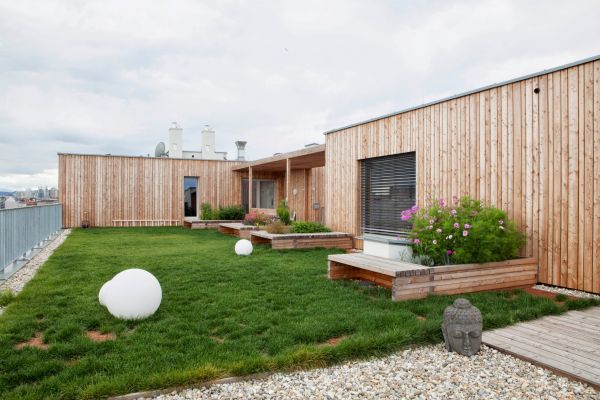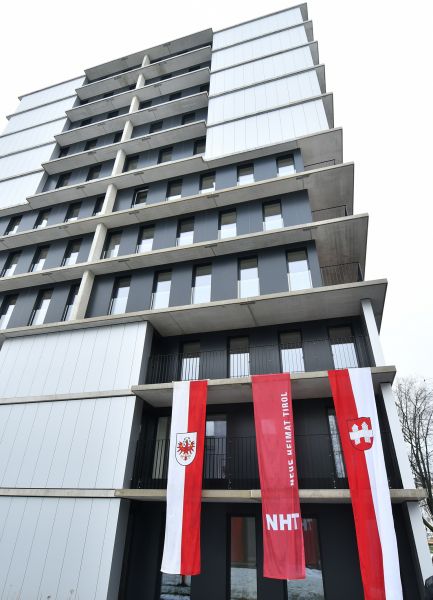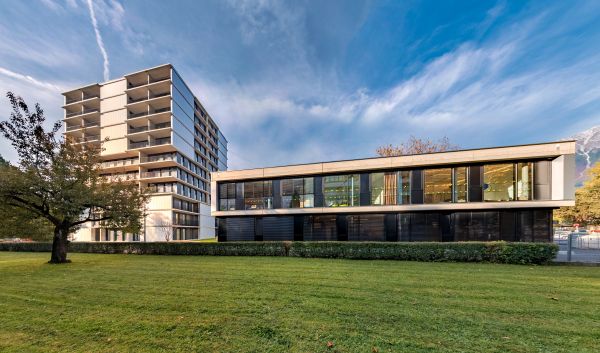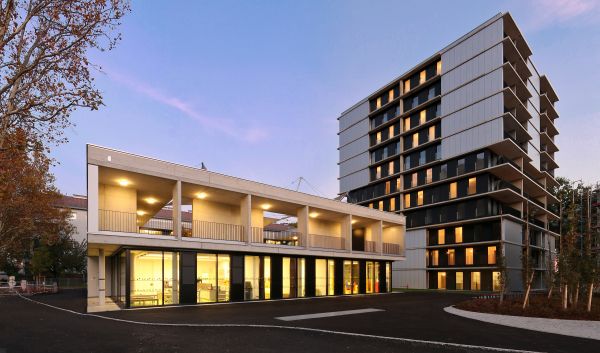DeLight Monitoring - Demo light Impact-Monitoring and metrological investigation of energy-efficient buildings
Short Description
Initial situation/Motivation
Innovative, energy-efficient buildings have to meet high ecological and energy-technical standards. An essential advantage of energy consumption monitoring is the possibility to compare the energy performance of a building. In reality, deviations between planning and actual operation are commonly found, to the detriment of operating costs and environmental impact. However, monitoring is usually only implemented in innovative buildings or properties that only implement monitoring to receive funding. Occasionally, builders equip their building stock with a meter infrastructure to ensure timely fault detection through remote access. More complex buildings with building automation usually have the option of recording data from metering points or sensors, but continuous evaluation of energy demand is rarely state of the art.
Project contents and objectives
The experience from a multitude of previous research and consulting projects shows that the possibility for monitoring is often given, but the implementation and continuous evaluation is only done occasionally. The DeLight monitoring project aims to investigate the energy consumption and comfort parameters of buildings in the service sector (office, educational, sports, care and hospital facilities) as well as large-volume residential buildings by means of monitoring. The aim is to show which optimisation potentials can be derived from this for the ongoing building projects but also for new projects in the future. The 11 monitoring objects from Austria include buildings with energy standards such as passive houses, plus-energy buildings, low-tech buildings and highly efficient renovations.
Methodical procedure
In all buildings, the energy quantities for the provision and distribution of heating, hot water and cooling, the electricity consumption including on-site generated renewable energy (e.g. electricity from PV systems or heat from solar thermal systems) were recorded over a period of at least twelve months according to a detailed measurement concept. The comfort parameters temperature, relative humidity and CO2 concentration of the indoor air were also measured in selected reference rooms. The quarter-hourly recording of the measurement data and its validation were carried out with a professional web-based hardware and software solution. The web-based monitoring platform also enabled the use by building owners or operators to realise the benefits of an automated controlling tool for the energy- and cost-efficient operational management of the energy-technical equipment.
The overall objective of the project was the evaluation and interpretation of the monitoring data. On the one hand, standardised evaluation methods of the monitoring software were used, on the other hand, specialised e7 evaluation tools were applied. Comparisons were made between planned and actual consumption and analyses were also carried out to determine deviations. In addition, an objective-specific focus topic was defined for each object and analysed in detail based on the monitoring data. Optimisation measures were developed on the basis of the monitoring results in tight cooperation with building owners and operators. Likewise, the social impacts of innovative building technology and monitoring infrastructure were determined in an exchange with the responsible stakeholders.
Results and conclusions
This project shows that the monitoring of energy consumption and comfort parameters is highly relevant for innovative buildings, which often have extremely complex building services. It makes it possible to assign the energy consumption in the building to specific control settings but also to specific user behaviour, to locate errors quickly and, if necessary, to undertake interventions in the system operation or user behaviour.
In addition, a large number of optimisation potentials were identified in the process of this project. To support the increase of energy efficiency in system and building operation in existing buildings and future building projects, the relevant optimisation potentials were summarised in a clear presentation for the target groups of building designers, planners and building operators.
Outlook
The monitoring of energy and comfort parameters proves to be an ideal instrument for monitoring the regular operation of buildings. The recommendation is that in any large-scale construction project and refurbishment project in the future, at least a basic set of monitoring infrastructure should be implemented and the data collected with it should be analysed at periodic intervals during the building's operation.
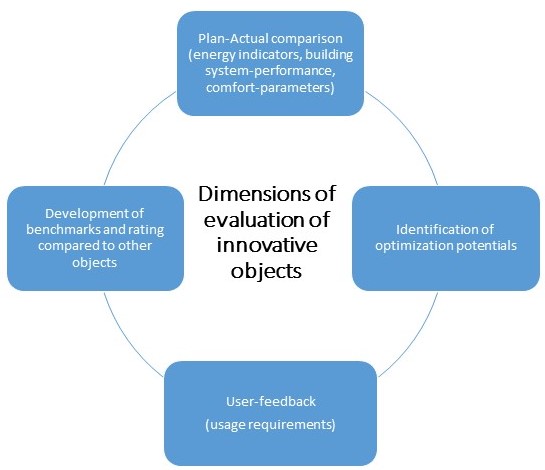
Project Images
Terms of use: The pictures listed underneath the header “Project Pictures” originate from the projects in the frame of the programmes City of Tomorrow, Building of Tomorrow and the IEA Research Cooperation. They may be used credited for non-commercial purposes under the Creative Commons License Attribution-NonCommercial (CC BY-NC).
Project Partners
Project management
e7 Energie Markt Analyse GmbH
Project or cooperation partners
EUDT Energie und Umweltdatentreuhand GmbH
Contact Address
e7 Energie Markt Analyse GmbH
DI (FH) Paul Lampersberger
Walcherstraße 11
A-1020 Wien
Tel.: +43 (1) 907 80 26 - 68
E-mail: paul.lampersberger@e-sieben.at
Web: www.e-sieben.at

